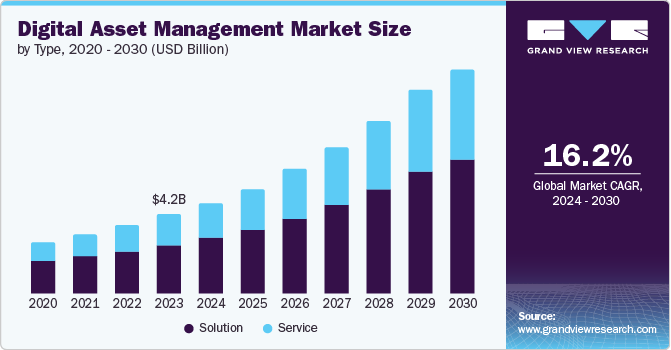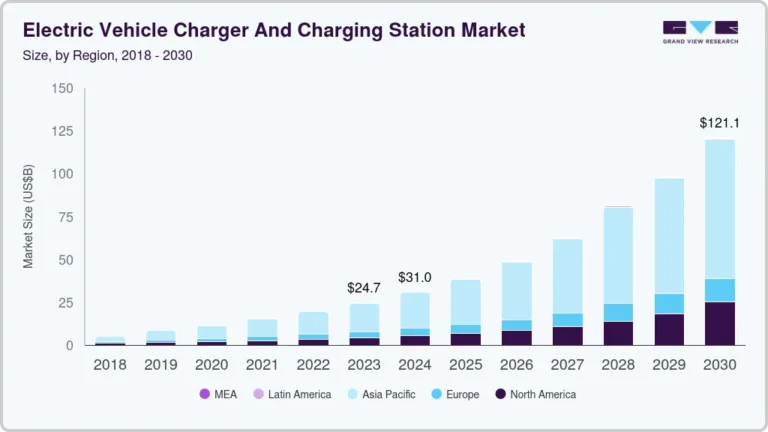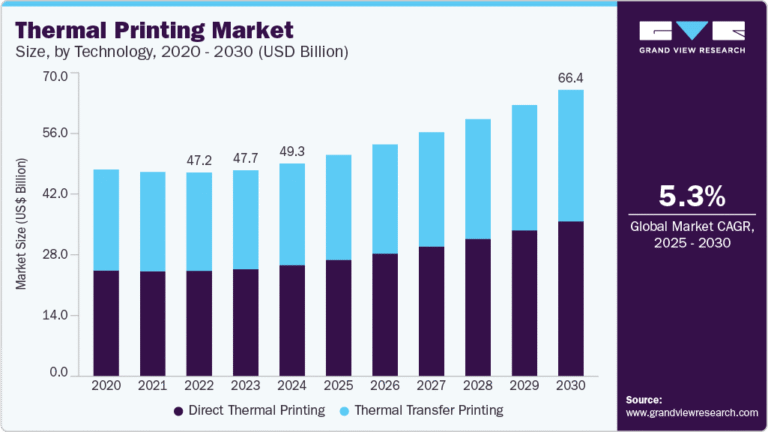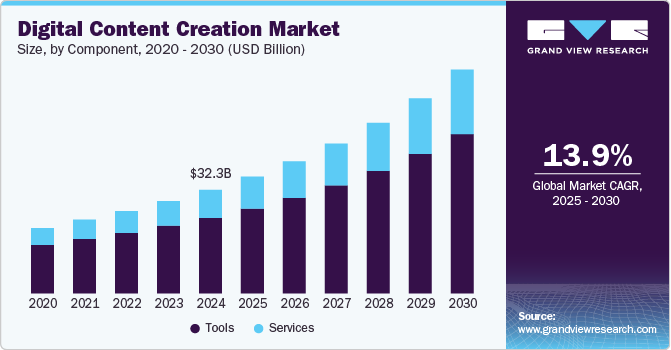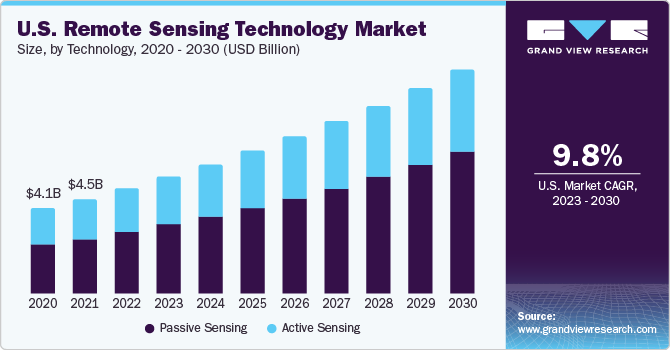Automotive Printed Circuit Board Market Size, Share & Trends Analysis growing at a CAGR of 5.7% from 2024 to 2030

The global automotive printed circuit board market size was estimated at USD 9.79 billion in 2023 and is projected to reach USD 14.09 billion by 2030, growing at a CAGR of 5.7% from 2024 to 2030. The automotive PCB market is experiencing significant growth driven by various trends, dynamics, and opportunities.
Key Market Trends & Insights
- The Asia Pacific automotive drivetrain market dominated the global market and accounted for 43.2% of the global revenue in 2024.
- The automotive drivetrain market in China is embracing significant advancements in drivetrain technologies.
- By type, the double-sided PCBs segment dominated the market in 2023 and accounted for a more than 36% share of global revenue.
- By vehicle type, the passenger car segment dominated the market in 2023.
- In terms of application, the infotainment components segment dominated the market in 2023.
Market Size & Forecast
- 2023 Market Size: USD 9.79 Billion
- 2030 Projected Market Size: USD 14.09 Billion
- CAGR (2025-2030): 6.9%
- Asia Pacific: Largest market in 2023
Request a free sample copy or view report summary: https://www.grandviewresearch.com/industry-analysis/automotive-printed-circuit-board-market-report/request/rs1
As global fuel prices fluctuate and environmental concerns intensify, both manufacturers and consumers are prioritizing drivetrain technologies that offer improved fuel economy without compromising power or reliability. Advanced drivetrains, including all-wheel drive (AWD) and hybrid systems, enhance vehicle performance, traction, and safety, especially under challenging road and weather conditions, thus gaining wider adoption across passenger and commercial vehicle segments.
Several market drivers are fueling this growth. Technological advancements in automotive electronics and printed circuit board (PCB) manufacturing enhance performance and reliability, while stricter safety and emission regulations compel automakers to incorporate advanced electronic systems, boosting PCB demand. Consumer expectations for safety, connectivity, and infotainment further drive market expansion.
However, the market faces restraints such as high initial costs for developing advanced PCBs and complex manufacturing processes that require significant investment in expertise and equipment. Additionally, challenges like supply chain disruptions and economic fluctuations can impact raw material availability and overall market stability.
Despite these challenges, there are substantial opportunities in the automotive PCB market. The rapid growth of the electric vehicle segment presents a significant opportunity, as EVs require more electronic components than traditional vehicles. Emerging markets in Asia Pacific and Latin America offer further growth prospects due to increasing vehicle production and the adoption of advanced automotive technologies. Sustainability initiatives are also driving the development of eco-friendly and energy-efficient PCBs, opening new avenues for innovation. Furthermore, continuous technological advancements, such as flexible and rigid-flex PCBs, support the increasing complexity and miniaturization of automotive electronic systems, providing additional growth opportunities.
Type Insights
The double-sided PCBs segment dominated the market in 2023 and accounted for a more than 36% share of global revenue. Double-sided PCBs dominate the automotive PCB market due to their versatility and efficiency in providing intermediate-level complexity at a lower cost than multi-layer PCBs. These PCBs are widely used in various automotive level of autonomy, including lighting systems, power supplies, and instrumentation, due to their ability to support surface mount technology (SMT) and through-hole components on both sides. The market dominance of double-sided PCBs can be attributed to their balance between performance and cost, making them ideal for mid-range level of autonomy.
As automotive technology evolves, the demand for more electronic content in vehicles continues to rise. This trend supports the growth of double-sided PCBs, which offer enhanced functionality compared to single-sided PCBs without the higher costs associated with multi-layer PCBs. Their widespread use in electronic control units (ECUs), engine control systems, and transmission control systems underscores their critical role in modern vehicles. Additionally, the growing focus on electric vehicles (EVs) and advanced driver-assistance systems (ADAS) is boosting the need for reliable and cost-effective PCB solutions, further solidifying the market position of double-sided PCBs.
The multi-layer PCB segment is projected to witness significant growth from 2024 to 2030. The multi-layer PCB segment is the fastest growing in the automotive PCB market, driven by the increasing complexity and functionality required in modern vehicles. These PCBs consist of three or more conductive layers, offering high circuit density and enhanced performance. The growth of multi-layer PCBs is fueled by the rapid adoption of advanced automotive technologies, including ADAS, infotainment systems, and electric vehicle powertrains. As vehicles become more sophisticated, the need for PCBs that can handle higher frequencies and greater electrical performance becomes paramount. Multi-layer PCBs are ideal for these Level of Autonomy due to their ability to support complex circuitry and higher component densities. The trend towards autonomous driving and the integration of more electronic features in vehicles also contribute to the rising demand for multi-layer PCBs. Additionally, the shift towards electric and hybrid vehicles, which require more robust and reliable electronic systems, further accelerates the growth of this segment. Multi-layer PCBs are essential for critical Level of Autonomy such as battery management systems, inverters, and motor controllers, making them indispensable in the automotive industry’s push towards electrification and advanced driver assistance.


